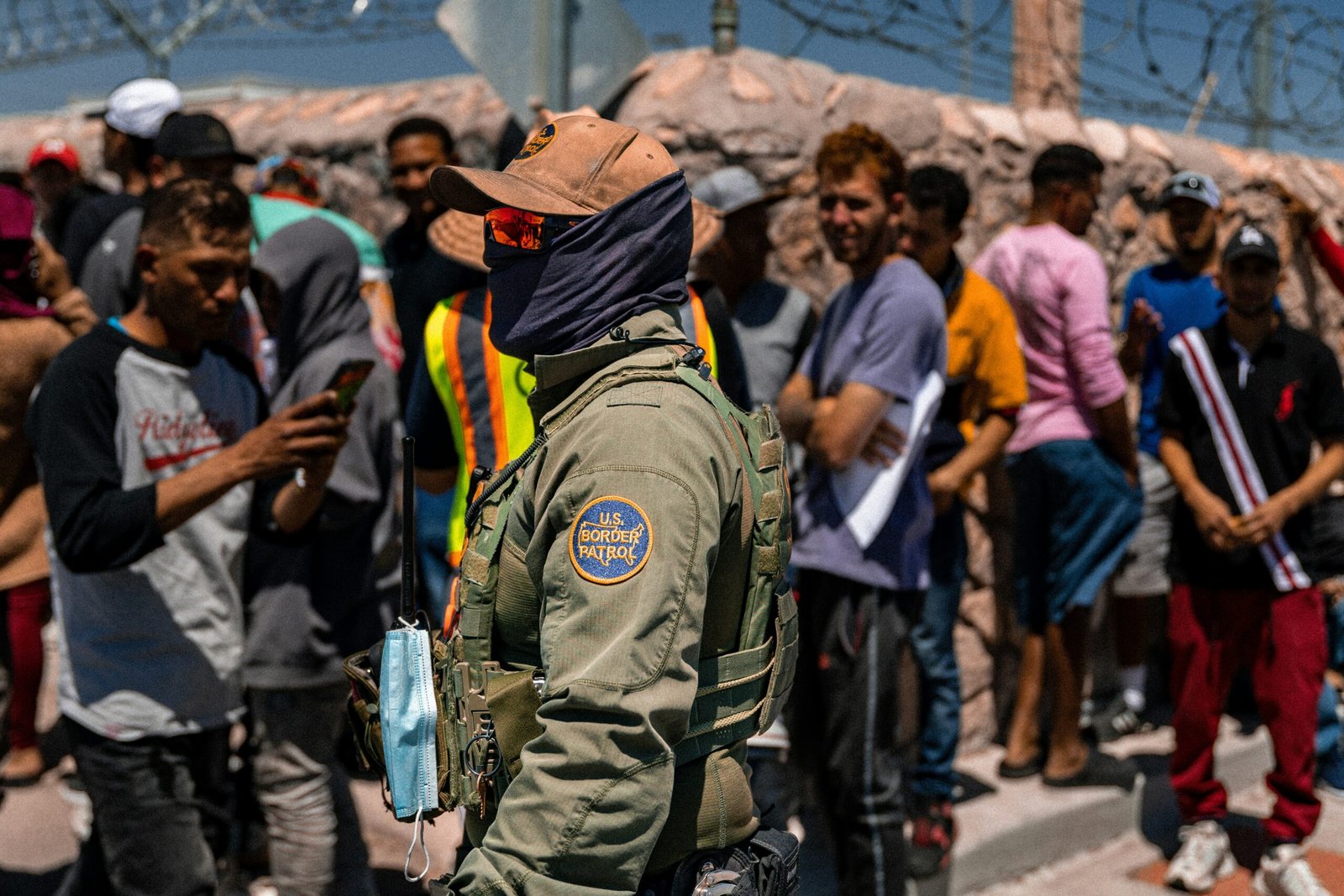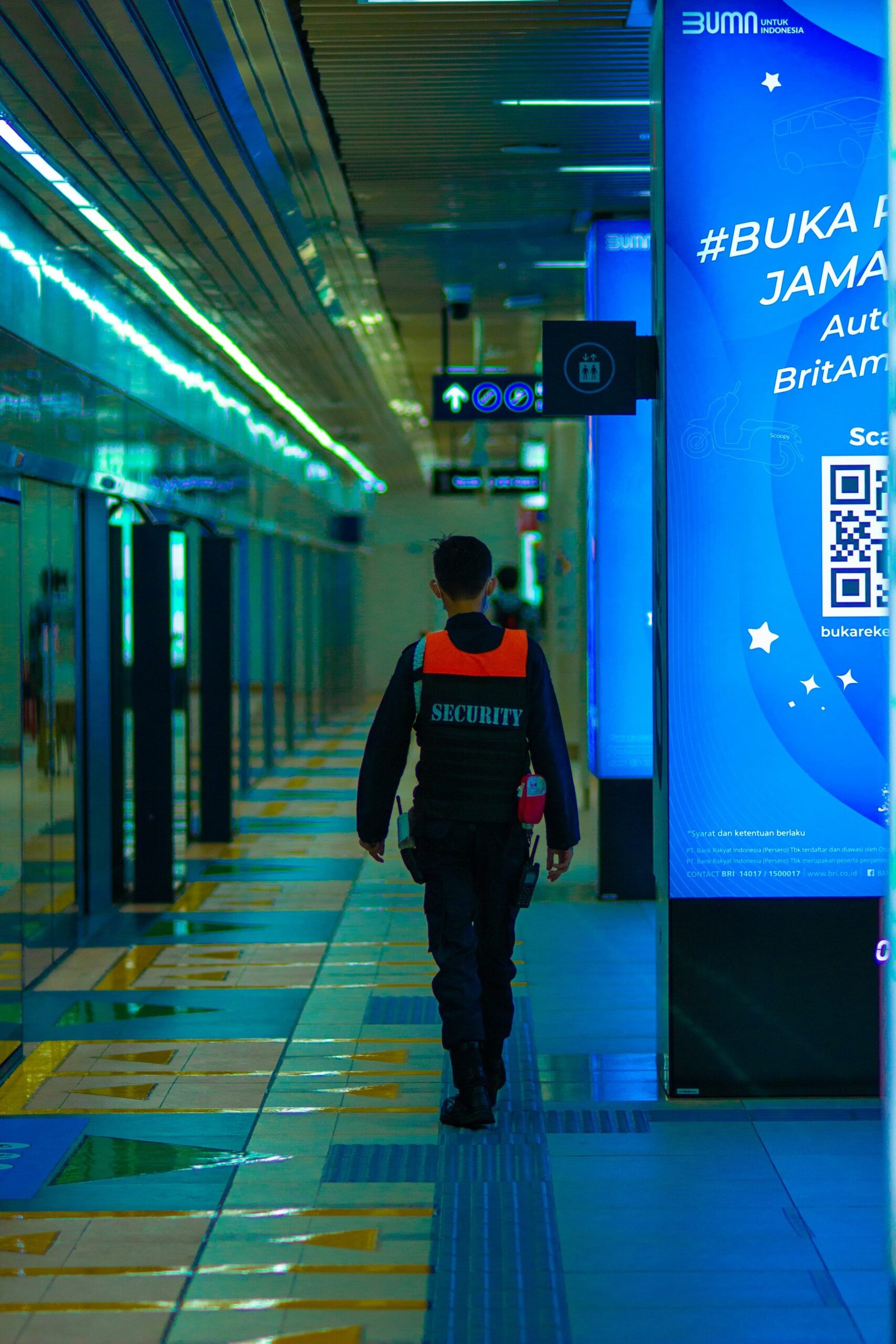Introduction to AI in Border Security
In recent years, border security has emerged as an increasingly critical concern for nations worldwide, particularly in the face of rising transnational threats. Traditionally, border security has relied on a combination of physical patrolling and human monitoring to prevent illegal activities such as smuggling and unauthorized crossings. However, these conventional methods are often hampered by various challenges, including insufficient personnel, limited resources, and an ever-evolving landscape of security threats. As such, the need for more effective monitoring and surveillance solutions has become urgent.
Addressing these pressing challenges, artificial intelligence (AI) is beginning to play a pivotal role in redefining border security operations. Leveraging advanced technologies, AI can process vast amounts of data at remarkable speeds, which allows for an accurate analysis of potential threats. By integrating machine learning algorithms and facial recognition systems, AI enhances the efficiency and effectiveness of border security operations, providing a strategic advantage in threat detection and response capabilities.
Moreover, AI can automate routine tasks that were once the responsibility of human agents, thereby alleviating the burden on security personnel. This technological advancement enables a more strategic allocation of resources, allowing trained professionals to focus on high-priority cases and complex security issues. With predictive analytics, AI systems can not only identify current threats but also anticipate future activities based on historical data and trends, further strengthening border security measures.
Overall, the integration of AI into border security signifies a transformative shift from reactive to proactive approaches. By enhancing monitoring, surveillance, and threat detection, AI stands to revolutionize the border security landscape, offering a promising solution to the increasingly complex challenges of safeguarding national borders.
Technologies Behind AI-Driven Border Monitoring
The integration of Artificial Intelligence (AI) in border security monitoring has marked a significant shift in how nations approach the protection of their borders. Various advanced technologies are currently being utilized in this domain, fundamentally altering traditional surveillance methods. At the core of AI-driven border monitoring are machine learning algorithms, which analyze vast amounts of data collected from numerous sources. These algorithms can identify patterns and anomalies, thereby allowing security agencies to detect potential threats in real-time.
Facial recognition systems have also become pivotal in enhancing border security. These systems utilize AI to compare faces captured by cameras with databases of known individuals, enabling swift identification of persons of interest. This technology significantly reduces the time taken for processing individuals at border checkpoints and enhances security by mitigating the risk of human error. Additionally, advances in deep learning contribute to the accuracy of these facial recognition systems, as they continuously improve their performance through exposure to diverse datasets.
Drone surveillance is another crucial component in AI-driven border security. Unmanned aerial vehicles equipped with high-resolution cameras and AI software can patrol vast and remote areas, capturing real-time data for analysis. These drones enable efficient monitoring of hard-to-reach terrains while providing situational awareness to ground teams. The use of advanced imaging technologies, such as thermal and infrared imaging, further augments this capability by enabling detection during poor visibility conditions.
Finally, the successful implementation of these technologies requires seamless integration with existing security infrastructure. Through collaborative platforms that unify different data sources, border monitoring systems can process information more effectively, allowing for informed decision-making. The combination of machine learning, facial recognition, drone surveillance, and advanced imaging creates a comprehensive and sophisticated approach to border security, significantly improving its overall effectiveness.
Benefits and Advantages of AI in Border Security
The integration of artificial intelligence (AI) into border security monitoring systems has brought about significant advantages, enhancing both the efficacy and efficiency of these operations. One of the most profound benefits is the improvement in situational awareness. AI algorithms can analyze real-time data from various sources, including surveillance cameras, drones, and sensor networks, offering comprehensive insights into potential security threats. This capability allows border patrol agents to have a clearer picture of the situational landscape, leading to better-informed decision-making.
In addition to enhancing situational awareness, AI also provides improved response times during critical incidents. By rapidly processing and interpreting incoming data, AI technology can alert border security personnel to potential threats much faster than traditional methods. For instance, in countries like the United States and the United Kingdom, AI-driven systems successfully intercepted illegal crossings and smuggling activities by analyzing patterns and anomalies in border traffic in real-time.
Moreover, the ability of AI to process vast amounts of data quickly is a transformative advantage. Modern border security involves monitoring numerous data streams, often overwhelming human operatives. AI simplifies this complex task by identifying significant trends and potential risks without the exhaustive manual labor that would otherwise be required. Case studies reveal that countries employing AI in their border security initiatives have successfully diminished processing times, leading to quicker intervention in potential security breaches.
Furthermore, the automation of routine monitoring tasks allows for a more efficient allocation of human resources. With AI handling standard operations, such as scanning for unauthorized entries or tracking suspicious activities, border security personnel can focus on higher-level tasks that require human judgment and expertise. This strategic deployment of AI not only maximizes resource utilization but also enhances overall security outcomes. The benefits of implementing AI in border security systems are profound, leading to a safer environment and more effective monitoring protocols.
Challenges and Ethical Considerations
The integration of artificial intelligence (AI) into border security mechanisms presents a myriad of challenges and ethical considerations that must be judiciously addressed. One of the primary concerns revolves around privacy, as the deployment of AI systems often involves the collection and analysis of vast amounts of personal data. This data handling raises significant questions regarding individual rights and the potential for surveillance overreach, which could infringe upon civil liberties. As governments seek to enhance security measures through AI technologies, these privacy concerns must not be overshadowed by the pursuit of safety.
Furthermore, data security plays a critical role in the ethical deployment of AI in border security. The vulnerabilities inherent in data storage and processing can lead to catastrophic breaches that may compromise sensitive personal information. Ensuring robust cybersecurity measures becomes imperative to safeguard against malicious attacks that could exploit AI systems, thereby undermining public trust in such technologies.
Another crucial aspect pertains to the potential for bias within AI algorithms. If not meticulously designed and tested, AI systems can inadvertently perpetuate existing biases present in their training data, leading to discriminatory practices at borders. This bias can manifest in the form of racial profiling or uneven enforcement of regulations, further exacerbating societal inequalities. To combat this, it is essential to implement transparent practices in AI development and deployment, fostering accountability and fairness in decision-making processes.
The public perception of AI in border security is similarly complex. While many advocate for the technology as a means to enhance security, skepticism regarding its implications on personal freedoms exists. Striking a balance between effective security measures and the preservation of civil liberties is critical. Policymakers are thus encouraged to adopt a comprehensive approach that integrates these considerations while implementing AI technologies in border security, ensuring that ethical standards remain at the forefront of such initiatives.









